In the intricate web of nature, every species plays a role. However, not all species are beneficial, especially when they disrupt ecosystems and cause ecological harm. Some animals, either as invasive species or due to overpopulation, wreak havoc on the environment, leading to biodiversity loss and ecosystem imbalance. In this article, we’ll explore 10 animals that negatively impact the environment, their effects, and potential solutions to mitigate these issues.
Animals can be bad for the environment due to:
Invasiveness: Non-native species introduced to new regions can outcompete native wildlife.
Overpopulation: Certain animals thrive excessively due to lack of predators, causing resource depletion.
Predatory Imbalance: Some species disrupt food chains by preying on critical native animals.
Habitat Destruction: Animals like wild boars and overgrazing species contribute to habitat loss.

Impact: Feral cats kill billions of birds, reptiles, and small mammals annually, significantly contributing to biodiversity loss.
Global Presence: Found across continents, feral cats are especially harmful on islands where native species have no natural defenses against predators.
Solutions: Implementing spay/neuter programs and promoting responsible pet ownership.
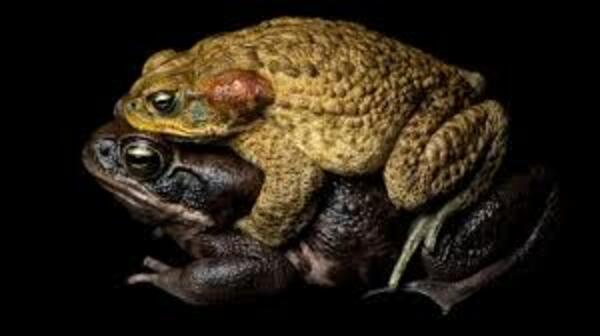
Origin: Introduced to control pests in sugarcane fields.
Impact: These toxic amphibians poison predators, severely disrupting Australian ecosystems.
Management: Ongoing efforts include physical removal and community awareness campaigns.
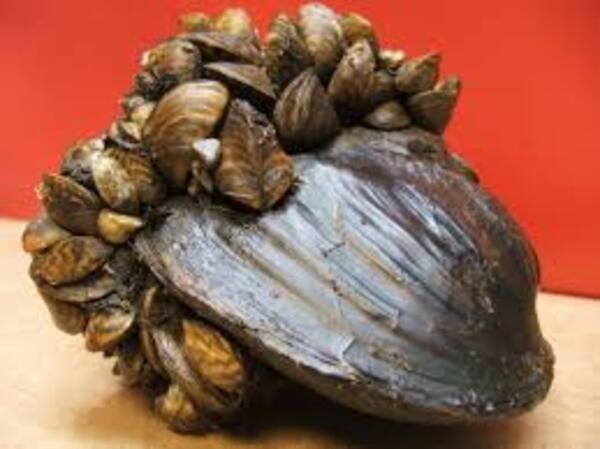
Spread: These mollusks were accidentally introduced into North American waters through ballast water in ships.
Impact: They clog water systems, outcompete native mussels, and alter aquatic ecosystems.
Control Efforts: Inspections and cleaning of boats, as well as chemical treatments in water systems.
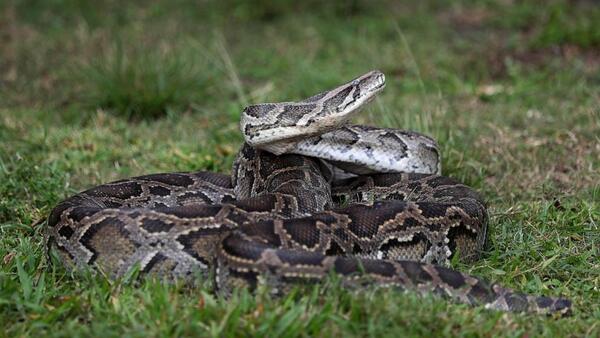
Invasion: Released as exotic pets, Burmese pythons have thrived in Florida’s warm climate.
Impact: They prey on native mammals and birds, causing a dramatic decline in populations.
Solution: Python removal programs and public involvement in reporting sightings.

Introduction: Released in North America in the 1800s as part of a project to bring European wildlife to the U.S.
Impact: Starlings aggressively compete with native bird species for nesting sites and food.
Efforts: Controlling population through trapping and limiting nesting sites.
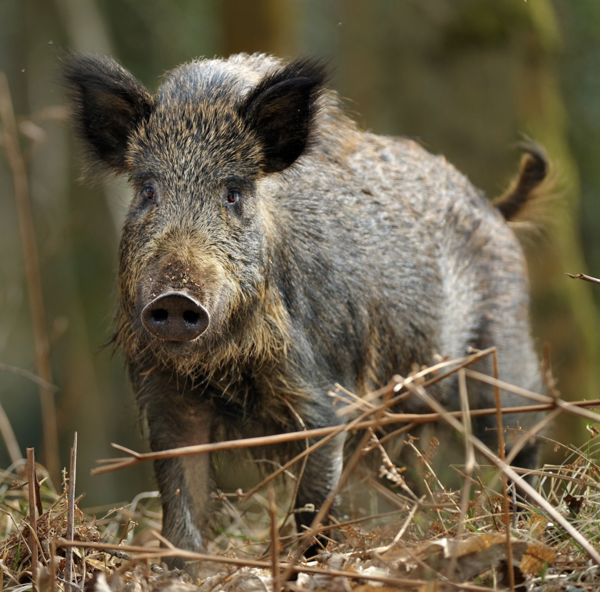
Spread: Native to Europe and Asia, wild boars have been introduced worldwide.
Impact: Their foraging habits destroy vegetation, disrupt soil, and harm agricultural crops.
Control Strategies: Hunting programs and fencing to protect sensitive areas.

Invasion: Introduced to control algae in fish farms but escaped into major U.S. waterways.
Impact: They outcompete native fish species, threatening commercial fisheries and biodiversity.
Management: Physical barriers in rivers and harvesting efforts to reduce populations.
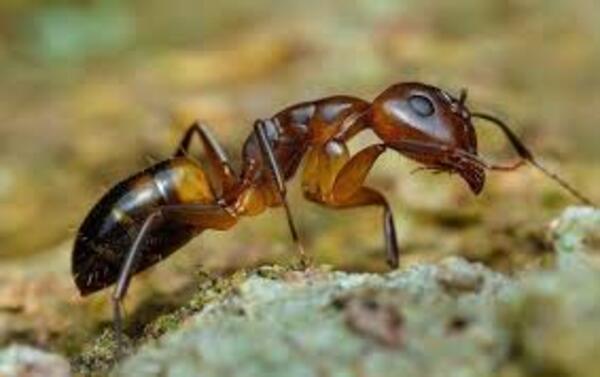
Spread: Transported globally via shipping.
Impact: They outcompete native ants, disrupt local ecosystems, and harm agriculture by protecting pest insects like aphids.
Control Measures: Use of baits and barriers to limit their spread.
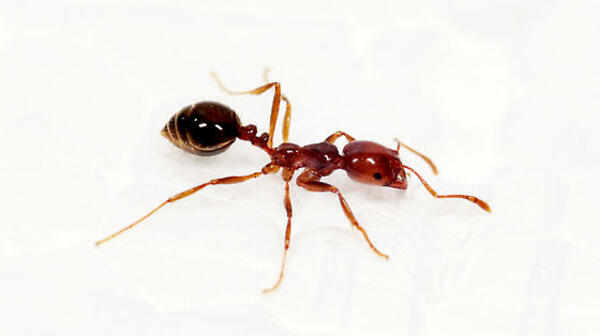
Origin: Accidentally introduced to the U.S. from South America.
Impact: Fire ants disrupt ecosystems by preying on native insects and small animals. Their painful stings also pose a risk to humans and livestock.
Efforts: Chemical control and biological methods such as introducing natural predators.
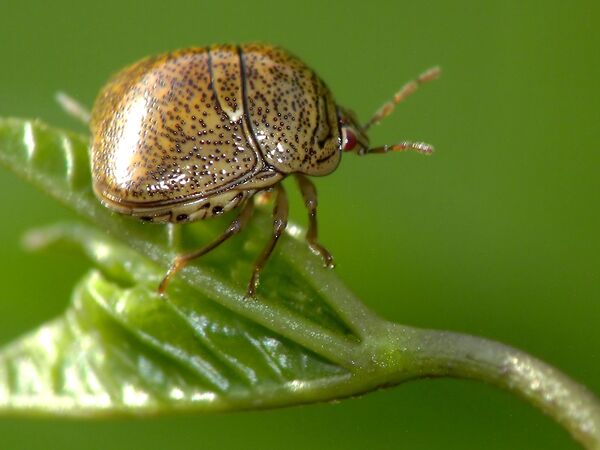
Introduction: Brought to North America from Asia.
Impact: They feed on crops like soybeans, reducing yields and damaging plants.
Management: Pesticide use and monitoring programs to limit their agricultural impact.
Native Species Decline: Predation and competition from invasive species lead to extinction risks.
Ecosystem Disruption: Overpopulated or invasive species disrupt food chains and habitats.
Overgrazing: Animals like wild boars and goats damage vegetation, leading to soil erosion.
Water Ecosystem Harm: Aquatic species like zebra mussels alter nutrient cycles and water quality.
Invasive species are particularly damaging in regions with unique ecosystems, such as Australia, islands, and tropical rainforests.
Introduction of Non-Native Species: Many invasive species were introduced intentionally or accidentally through trade and travel.
Habitat Alterations: Urbanization and deforestation create environments where invasive species can thrive.
Protecting native species through habitat restoration.
Raising awareness about the dangers of invasive species.
Monitoring: Using drones and GPS tracking to identify and monitor invasive species populations.
Eradication Programs: Coordinated efforts to remove or control harmful animals.
Strengthening border biosecurity to prevent the introduction of invasive species.
Promoting sustainable practices in agriculture and urban development.
The impact of animals harmful to the environment is a global challenge that requires immediate attention. From feral cats and cane toads to zebra mussels and fire ants, these species disrupt ecosystems, threaten biodiversity, and harm human livelihoods. By understanding their effects and implementing conservation efforts, we can mitigate their damage and protect our planet’s delicate balance.
Together, we can work towards a healthier, more sustainable world by controlling invasive species and restoring ecosystems for future generations.
animal tags: Kudzu-Bugs
We created this article in conjunction with AI technology, then made sure it was fact-checked and edited by a Animals Top editor.